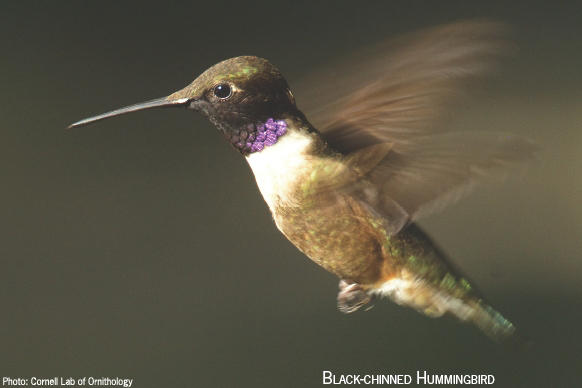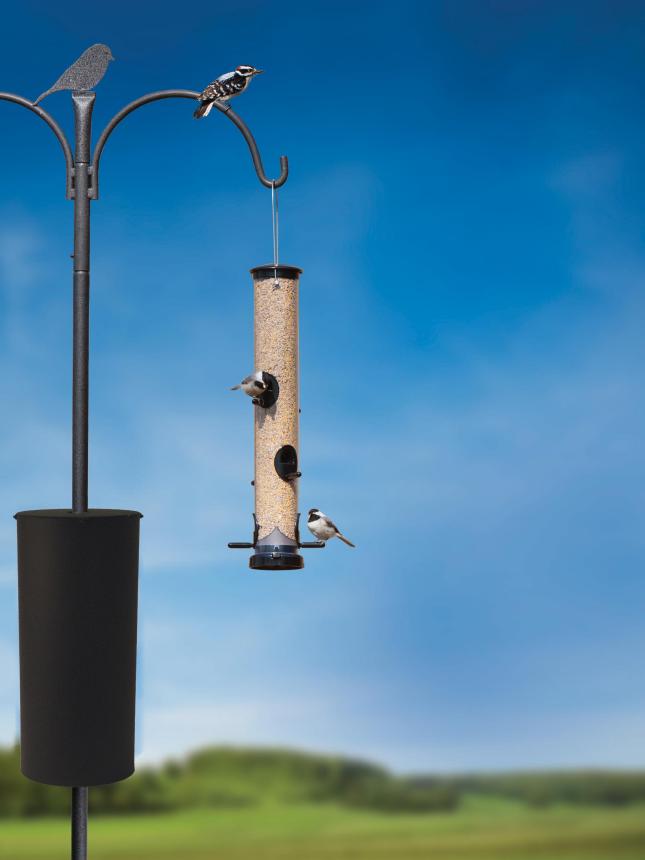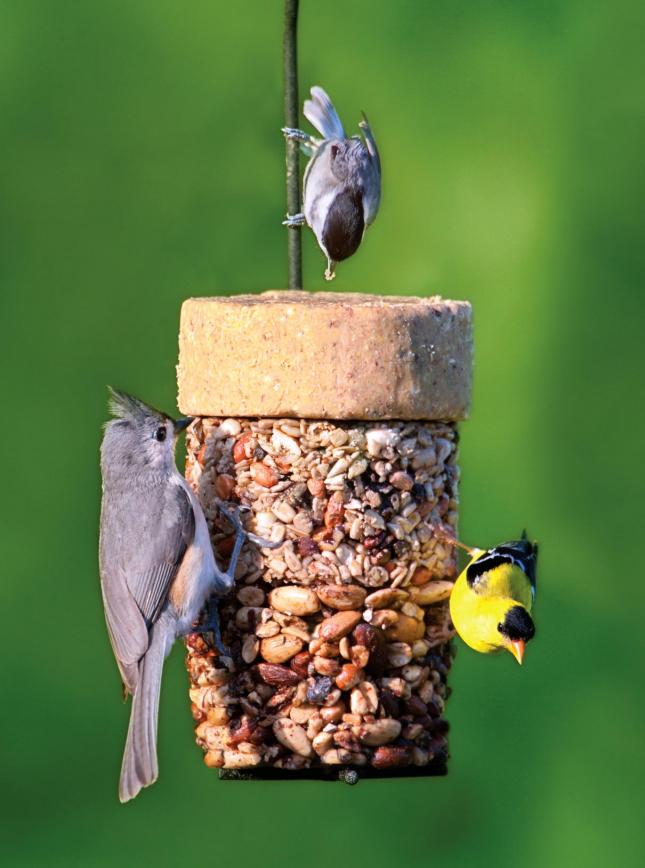Birdbaths and Zika
Zika is in Florida and the bird feeding industry, especially your local back-yard birdfeeding specialists at Wild Birds Unlimited, will be out front on what it means to the birdfeeding hobby. Zika is a grave health concern to women of child-bearing age, mainly because high incidence of microcephaly in newborns is reported in areas experiencing outbreaks of the virus. The good news is that Zika is considered a mild febrile illness with severe disease requiring hospitalization being uncommon (www.floridahealth.gov – Zika Virus). More good news is that our recommendations for treating birdbaths as sources of mosquito populations are unchanged. If you change the water in your birdbath once per week then freshly-deposited mosquito eggs will not have enough time to complete their life cycle and become adults.
A birdbath is a crucial element of attracting consistent and diverse birdlife to the yard but, if left un-managed, can become a great in-convenience since mosquitos will almost always use it as a place to lay eggs. Surface agitators such as the Water Wiggler© prolong the life of birdbath water by making it difficult for mosquitos to lay eggs at all. Drippers and misters not only attract birdlife to the bath, they add fresh, egg-free water to the basin. Undoubtedly, if the threat of Zika persists and expands into other parts of the range of Aedes aegypti, the mosquito species responsible for transmitting the virus, managing birdbaths and other sources of water in and around our homes will be very important. Drippers, misters, and agitators will be an indispensable tool in ensuring that you can continue to offer water to your birds without increasing exposure to Zika.
Vigilance at the birdbath is a small price to pay for the enjoyment that an active birdbath can bring, especially as seasonal rain becomes less common in early fall and migrating birds pass through. There are many species of bird that will use a birdbath that will never visit a feeder. Birdbaths expand our birdwatching horizons. If you haven’t seen any of the very popular birdbath and birdfeeding videos on our Youtube chan-nel, please visit www.youtube.com/user/WBU319 and stay tuned for more fun and instructional videos.
To keep up to date on the presence of Zika in Florida and Alachua County, visit www.floridahealth.gov Daily Zika Update.
Overwintering Hummingbirds
Conventional wisdom used to hold that leaving a nectar feeder up after migration had ended could cause a hummingbird to stay in the area rather than finish its migration across the Gulf of Mexico. Based on careful studies and years of banding records, we now know that some Ruby-throats have always stayed behind and that leaving a feeder out simply gives you a better chance of seeing one that is overwintering. We also know that Ruby-throats aren't even the most numerous species of hummingbird overwintering in Florida. That distinction goes to the Rufous Hummingbird, a species that breeds in the Pacific NW and often endures temperatures during breeding season that are harsher than those we experience here in winter. So, we say leave a feeder out. The chances of seeing an overwintering hummingbird are slim but they are certainly better if you have a feeder out.
Alachua County has recorded six species of hummingbird in the winter. They are:
- Ruby-throated - Our only breeding resident. Second most common overwintering species.
- Rufous - Breeds in the Pacific NW. Most common overwintering species.
- Black-chinned - Breeds across much of the West. Third most common overwintering species.
- Calliope - Breeds in high alpine habitats of the West. Recorded three times.
- Buff-bellied - Breeds as far north as the Texas Gulf Coast. Recorded twice.
- Allen's - Breeds in a few strictly Pacific Coast habitats. Recorded once.
 It’s Baffling!
It’s Baffling!
Even after 14 years of business as bird-feeding experts, we still talk about squirrels as much as we talk about birds. Multiple times every day, we describe basic squirrel-proofing methods to people who never would have believed it possible that squirrels can be excluded from feeders at all. Our all-time favorite squirrel-proofing method is to establish a baffled pole system with an 8-10’ radius of clearance. If you have that kind of space in your yard then a baffled pole system allows you almost unlimited flexibility in your choice and number of feeders and in the types of seed blends that you use. Now, with the help of social media, we’re getting the message about squirrel-proofing out like never before. If you haven’t seen it yet, please find us on YouTube (www.youtube.com/users/WBU319) and have a look at Squirrel-proofing 101: Four common methods of keeping squirrels out of your birdseed.
New Bug, Nut, & Berry Stackable
Our Bug, Nut, and Berry seed cylinder is now available as a Stackable. Stackables are a simple, tidy way to offer a rich diversity of ultra-high quality foods on a large variety of feeders. Stackables and cylinders are clusters of seed and seed blends held together by gelatin plus one variety that is entirely no-melt suet dough. Each of them has a hole in the middle so that it can be mounted to a feeder with a central pole or spike. Stackables are so named because they are short enough to be stacked three-high on most feeders thereby allowing a veritable smorgasbord of food choices in a super convenient way.
We especially like Stackables here in hot and humid Florida because there is such a great variety of food packed into rela-tively small, discretely packaged units that can be consumed before wasting away under a mantle of mildew.
Local Bird Videos on Facebook and YouTube
Technology has brought a new dimension to the enjoyment of birdfeeding and birdwatching at Wild Birds Unlimited. Now, you can enjoy highly entertaining videos of local bird activity shot with our own GoPro action camera by subscribing to our Facebook and Youtube pages and by checking our store website frequently for updates to our Local Bird Videos page.
Bird news on Facebook
WBU of Gainesville has a Facebook page for birding and feeder news. Check it out!

